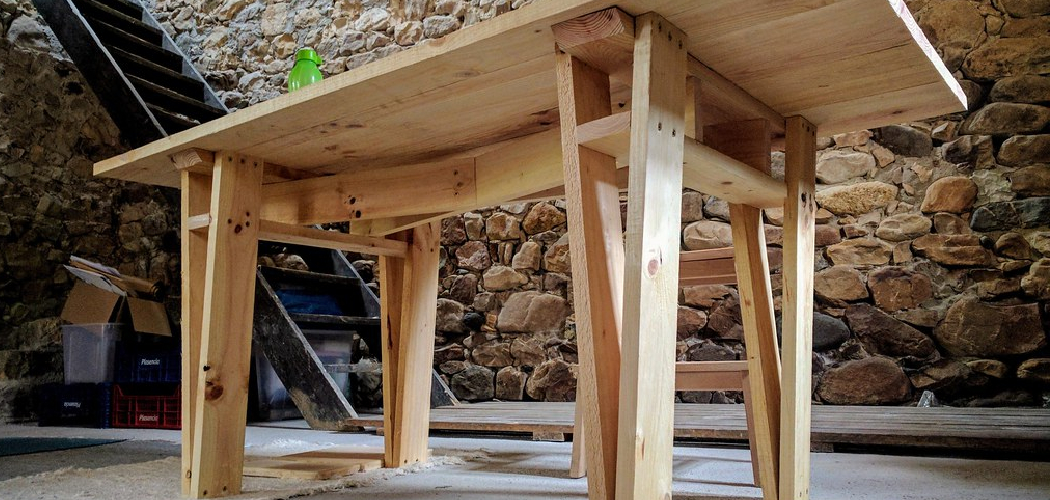Creating furniture without tools might seem like a daunting task, but it’s an achievable and rewarding project that anyone can undertake. This innovative approach to furniture making embraces simplicity and creativity, allowing you to craft unique, functional pieces without the need for traditional woodworking tools. Ideal for those who lack access to a workshop or are new to DIY projects, making furniture without tools relies on clever design, pre-cut materials, and easy-to-assemble components.
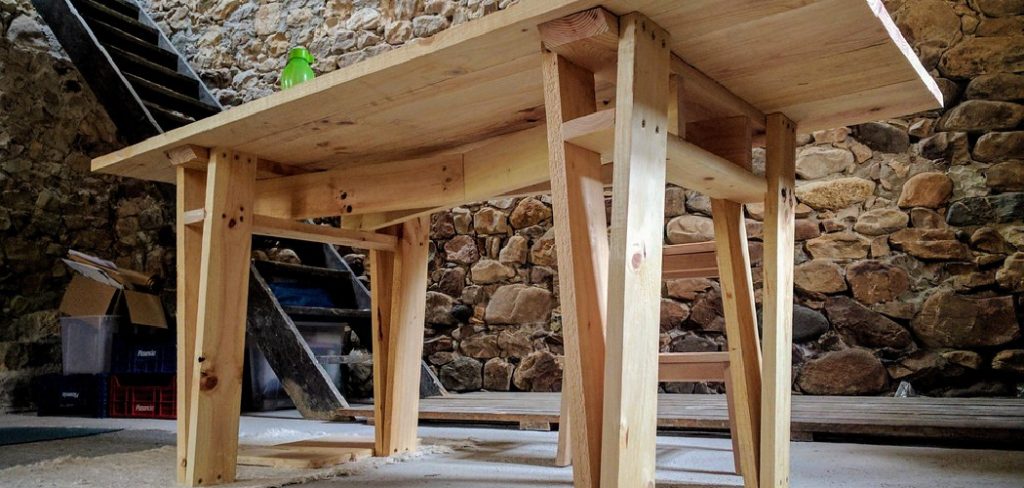
From interlocking pieces that snap together to using adhesive methods, this guide will explore various techniques to build stylish and sturdy furniture with minimal effort. Whether you’re looking to furnish a new apartment on a budget, create custom storage solutions, or simply enjoy a hands-on project, these methods open up a world of possibilities. Join us as we delve into the step-by-step process of how to make furniture without tools that reflects your personal style and ingenuity—all without the use of traditional tools.
Benefits and Appeal of Tool-Free Furniture Projects
Tool-free furniture projects offer a multitude of benefits that make them a compelling choice for DIY enthusiasts and novice crafters alike. One of the primary advantages is accessibility; without the need for specialised tools or prior woodworking experience, nearly anyone can embark on these projects. This opens the door for people living in apartments or smaller spaces, where a workshop setup is impractical. Additionally, tool-free methods often utilise pre-cut and pre-finished materials, significantly reducing the time and effort required to complete the project.
Another appealing aspect is the potential for customization and personalization. Tool-free furniture often incorporates modular and adaptable designs, allowing you to modify and rearrange components to suit your evolving needs and preferences. This flexibility can be particularly advantageous for those who frequently move or need versatile solutions for multi-functional spaces. Moreover, the simplicity of these projects can be a fun and fulfilling creative outlet, enabling you to express your personal style through custom configurations and finishes.
Planning and Designing
Proper planning and designing are essential steps to ensure the success of any tool-free furniture project. A well-thought-out plan will save time, reduce material waste, and help you stay focused and organized throughout the building process. Start by identifying the type of furniture you need and the space where it will be placed. Consider the dimensions, functionality, and style that will complement your current décor. Taking precise measurements of the area can help you design furniture that fits perfectly within the allocated space.
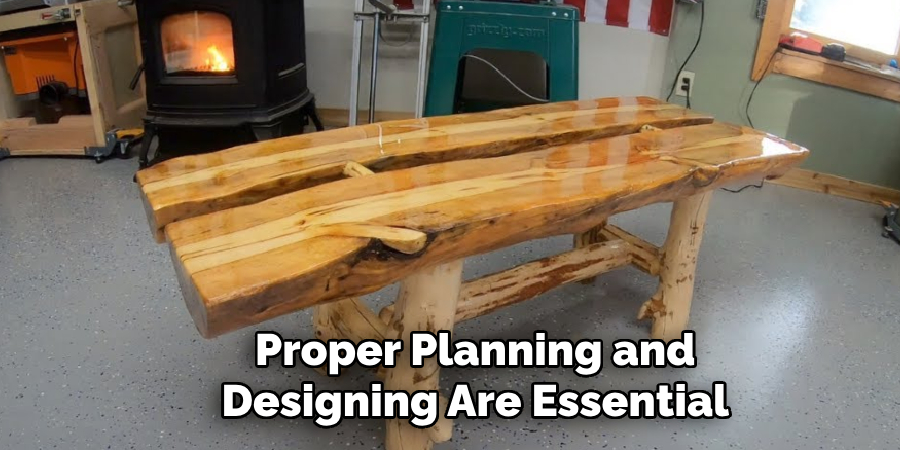
Next, sketch out your design ideas on paper or use digital design tools to visualize the final piece. Focus on simplicity and practicality, favoring designs that can be easily assembled without complex joints or fasteners. Many tool-free furniture projects leverage interlocking pieces, slots, and grooves to create sturdy connections. By planning such features into your design, you can enhance the stability and durability of the furniture.
Selecting the right materials is equally important in the planning phase. Opt for pre-cut and pre-finished materials when possible, as these can significantly simplify the assembly process. Materials like plywood, MDF, and certain types of plastic are popular choices for tool-free furniture because they are easy to work with and readily available. Consider the environmental impact of your material choices as well by sourcing eco-friendly options or repurposing existing items.
10 Methods How to Make Furniture without Tools
Method 1: Using Pre-Made Components
One of the simplest ways to make furniture without tools is by using pre-made components. This method involves sourcing items like wooden crates, pallets, or modular shelving units, which can be easily assembled without the need for cutting or drilling. For example, stack wooden crates to create a bookshelf or use pallets to construct a bed frame. These components often fit together naturally or can be secured with zip ties or strong adhesive. This approach leverages existing materials to create functional furniture quickly and easily.
Method 2: Utilizing Flat-Pack Furniture
Flat-pack furniture, commonly associated with brands like IKEA, is designed to be assembled without extensive tools. These products come with pre-drilled holes, screws, and an Allen wrench, making the assembly process straightforward. Follow the instructions provided, and use the included hardware to piece together items like tables, chairs, and cabinets. Flat-pack furniture offers the advantage of being designed for easy assembly and disassembly, making it a practical choice for those looking to avoid traditional tools.
Method 3: Leveraging Interlocking Designs
Furniture pieces designed with interlocking parts can be assembled without any tools. These designs use notches, slots, and tabs that fit together snugly, providing stability and strength. Look for DIY kits or plans that feature interlocking joints. Common projects include stools, tables, and shelves. Interlocking designs not only eliminate the need for tools but also ensure a secure and durable final product. These pieces often have a modern, minimalist aesthetic, adding a stylish touch to your space.

Method 4: Binding with Rope or Cord
Rope or cord can be a versatile tool for binding furniture components together. This method works well for creating rustic or bohemian-style furniture. For instance, bind wooden planks together to form a tabletop or use rope to secure legs to a stool seat.
Natural fiber ropes like jute or sisal can add a decorative element while providing the necessary strength. This technique requires some patience and skill to tie strong knots, but it results in unique, handcrafted furniture pieces.
Method 5: Using Adhesive Solutions
Strong adhesives such as wood glue, epoxy, or construction adhesive can replace nails and screws in many furniture projects. These adhesives provide a secure bond between materials like wood, metal, or plastic.
To use this method, ensure that the surfaces to be joined are clean and dry. Apply the adhesive evenly and press the parts together, using clamps or weights to hold them in place until the glue sets. While this method requires some drying time, it results in sturdy and seamless joints.
Method 6: Incorporating Found Objects
Repurposing found objects is a creative way to make furniture without tools. Items like wooden doors, ladders, or barrels can be transformed into functional furniture pieces with minimal effort. For example, an old door can become a tabletop, or a ladder can be used as a shelving unit. This method not only saves money but also gives new life to discarded items. It’s important to ensure that the found objects are clean and in good condition to ensure safety and durability.
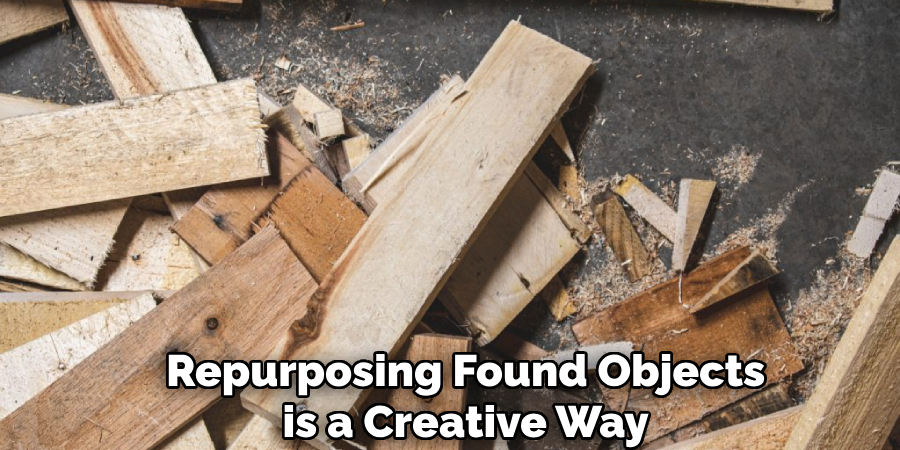
Method 7: Assembling with Velcro Strips
Velcro strips can be an innovative tool-free method for assembling lightweight furniture. Industrial-strength Velcro provides a strong bond that can hold components together securely. Use Velcro to attach cushions to a base for a sofa, or to fix shelves onto a frame. This method is particularly useful for items that may need to be disassembled or rearranged frequently. Ensure that the Velcro is applied to clean, smooth surfaces to achieve the best adhesion.
Method 8: Stacking and Arranging
Stacking and arranging materials is a straightforward way to create functional furniture without tools. This method works well for items like bookshelves, tables, or storage units. For example, stack cinder blocks and place wooden planks across them to create a sturdy shelving unit. Arrange large stones or concrete blocks to form a coffee table base and top it with a piece of glass or wood. This approach relies on gravity and the weight of the materials to provide stability.
Method 9: Employing Snap-Fit Connectors
Snap-fit connectors are designed to hold parts together securely without the need for screws or nails. These connectors are often used in DIY furniture kits and can be found in various shapes and sizes to suit different materials and designs. To use snap-fit connectors, simply press the parts together until they click into place. This method is ideal for creating modular furniture that can be easily assembled, disassembled, and reconfigured as needed. Snap-fit connectors offer a clean, tool-free assembly process.
Method 10: Utilizing Magnetic Fasteners
Magnetic fasteners offer a modern and innovative solution for assembling furniture without tools. Magnets can be embedded into the edges of wooden or metal components, allowing them to snap together securely. This method is particularly useful for creating modular or collapsible furniture pieces. Use strong, rare-earth magnets to ensure a stable and durable connection. Magnetic fasteners provide a sleek and seamless look, making them ideal for contemporary furniture designs.
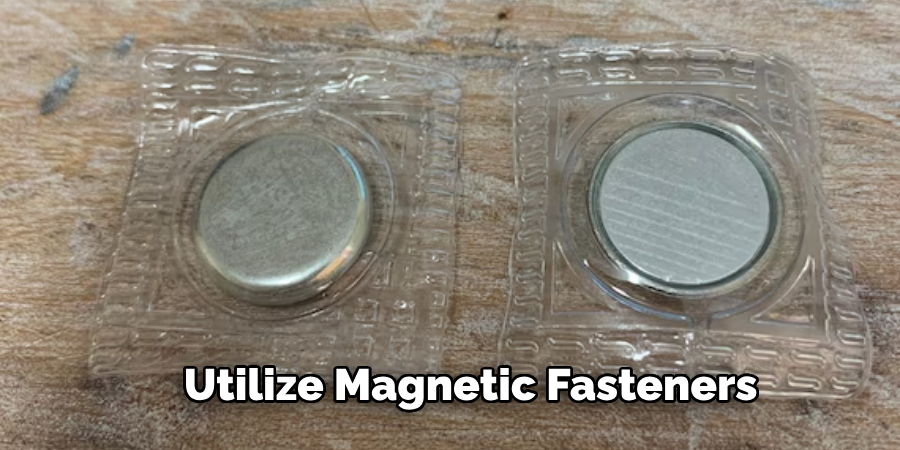
Conclusion
Creating furniture without tools is not only possible but also an opportunity to explore innovative and resourceful building techniques. By leveraging pre-made components, flat-pack designs, interlocking joints, rope bindings, adhesives, found objects, Velcro, stacking, snap-fit connectors, and magnetic fasteners, you can produce functional and stylish furniture tailored to your needs.
Each method offers unique advantages and allows for a high degree of creativity and customization. Whether you’re working with limited resources or simply want to try something new, these approaches provide a versatile toolkit for making furniture without the need for traditional tools. Thanks for reading, and we hope this has given you some inspiration on how to make furniture without tools!
